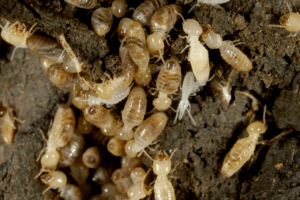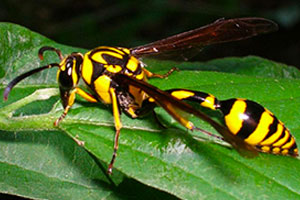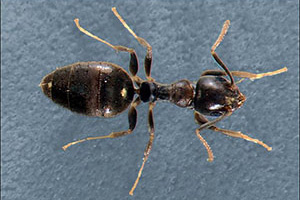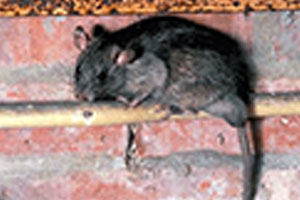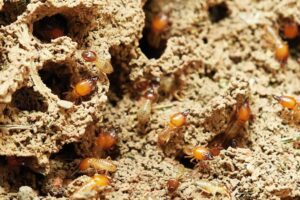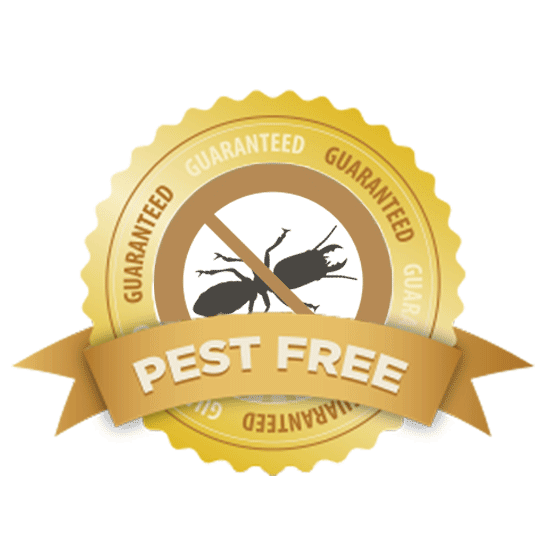House Mouse
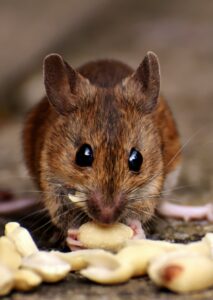 The House mouse is a small, slender rodent with a slightly pointed nose; small, black, somewhat protruding eyes; large, sparsely haired ears; and a nearly hairless tail with scale rings. House mice are considered among the most troublesome and economically damaging rodents in the United States. Adult House mice weigh from 1/2 to 1 ounce. They are generally grayish brown with a gray or buff belly. House mice live in and around homes, farms, commercial establishments, and in open fields and agricultural lands. House mice will eat many types of food but prefer seeds and grain. Foods high in fat, protein, or sugar may be preferred even when grain and seed are present. Such items include bacon, chocolate candies, butter, and nutmeats. Unlike Norway and Roof rats, House mice can survive with little or no water, obtaining their water from moisture in the food they eat. House mice are mainly nocturnal, although in some areas a lot of daytime activity may be seen. Seeing mice during the day does not necessarily mean that a high population is present, although this is usually true for rats. They may nest in the ground or in any protected location. Nests are constructed of shredded fibrous materials such as paper, burlap, or other similar items, and generally have the appearance of a “ball” of material loosely woven together. Nests are usually 4 to 6 inches in diameter.
The House mouse is a small, slender rodent with a slightly pointed nose; small, black, somewhat protruding eyes; large, sparsely haired ears; and a nearly hairless tail with scale rings. House mice are considered among the most troublesome and economically damaging rodents in the United States. Adult House mice weigh from 1/2 to 1 ounce. They are generally grayish brown with a gray or buff belly. House mice live in and around homes, farms, commercial establishments, and in open fields and agricultural lands. House mice will eat many types of food but prefer seeds and grain. Foods high in fat, protein, or sugar may be preferred even when grain and seed are present. Such items include bacon, chocolate candies, butter, and nutmeats. Unlike Norway and Roof rats, House mice can survive with little or no water, obtaining their water from moisture in the food they eat. House mice are mainly nocturnal, although in some areas a lot of daytime activity may be seen. Seeing mice during the day does not necessarily mean that a high population is present, although this is usually true for rats. They may nest in the ground or in any protected location. Nests are constructed of shredded fibrous materials such as paper, burlap, or other similar items, and generally have the appearance of a “ball” of material loosely woven together. Nests are usually 4 to 6 inches in diameter.
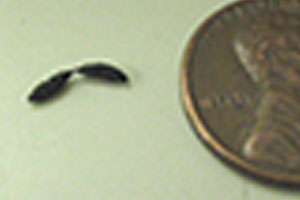 House mice are mainly nocturnal, although in some areas a lot of daytime activity may be seen. Seeing mice during the day does not necessarily mean that a high population is present, although this is usually true for rats. Studies indicate that during its daily activities, a mouse normally travels an area averaging between 10 to 30 feet in diameter. Mice will seldom travel farther than this to obtain food or water. Because of their limited movement and feeding behavior they are much more difficult to control in some situations.
House mice are mainly nocturnal, although in some areas a lot of daytime activity may be seen. Seeing mice during the day does not necessarily mean that a high population is present, although this is usually true for rats. Studies indicate that during its daily activities, a mouse normally travels an area averaging between 10 to 30 feet in diameter. Mice will seldom travel farther than this to obtain food or water. Because of their limited movement and feeding behavior they are much more difficult to control in some situations.
During its daily activities, a mouse normally travels an area averaging between 10 to 30 feet in diameter. Mice will seldom travel farther than this to obtain food or water. Because of their limited movement and feeding behavior they are much more difficult to control in some situations. House mice can also cause damage to buildings by their gnawing and nest-building activities, in addition to their contamination of foods. Mice often make homes in large electrical appliances, and they may chew up wiring as well as insulation, resulting in short circuits, which can create fire hazards or expensive damage. Mice may also damage stored items in attics, basements, garages, or museums.
Among the diseases mice or their parasites may transmit to humans are salmonellosis (food poisoning), rickett-sialpox, and lymphocytic choriomeningitis. Mice may also carry leptospirosis, ratbite fever, tapeworms, and organisms that can cause ringworm (a fungal skin disease) in humans.

